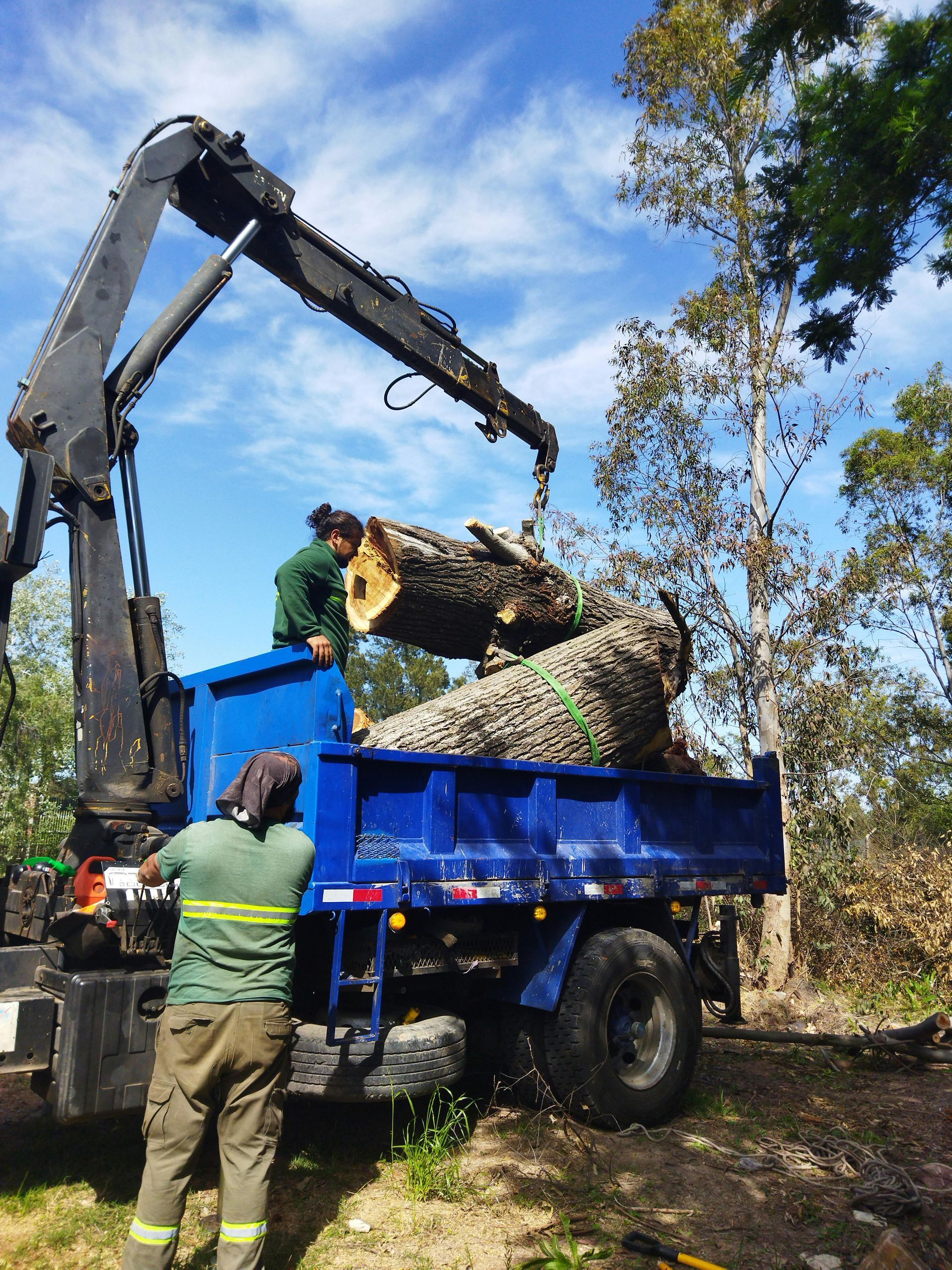Questions to Ask and Factors to Consider When Hiring a Tree Service Company
Taking care of the trees on your property isn’t just about aesthetics—it’s about ensuring safety, maintaining property value, and protecting the environment. Whether you’re dealing with a tree that needs pruning, removal, or an overall health assessment, finding the right tree service company can make all the difference. But with so many companies out there, how do you choose the right one? Asking the right questions and knowing what to look for is key.
Here’s a comprehensive guide on what to consider and ask when hiring a tree service company.
Why Choosing the Right Tree Service Company Matters
Hiring a professional tree service company is an investment, not just in your property, but also in safety. Improper tree care can result in:
- Injury to people or pets
- Damage to property structures
- Long-term harm to the health of your trees
A skilled tree service provider ensures the job is done properly, safely, and efficiently. But how do you sort the professionals from the amateurs? It all starts with asking the right questions.
Key Questions to Ask Potential Tree Service Providers
Below are the essential questions to ask when vetting tree service companies. Their answers will help you evaluate their expertise, professionalism, and reliability.
1. Do You Have Proper Certifications?
Reputable tree service companies often employ certified arborists. Look for certifications from organizations like the International Society of Arboriculture (ISA) or the Tree Care Industry Association (TCIA). These certifications indicate a commitment to professional standards and ongoing training.
Why this matters: Certified arborists have the knowledge to care for your trees in a way that promotes health and longevity while minimizing risks.
2. Can You Provide Proof of Insurance?
Tree work is inherently dangerous. A professional company should carry liability insurance to cover any damage to your property and workers' compensation insurance for their employees.
Red flag: If the company lacks insurance, you may be held responsible for any accidents or injuries that occur on your property.
3. How Much Experience Do You Have?
Ask about how long the company has been in business and the experience level of their staff. Tree care requires both skill and expertise, which are honed over time.
What to look for: A company with several years of experience, particularly in handling the specific service you need (e.g., large tree removal or storm damage cleanup).
4. Can You Provide References or Reviews?
Trusted companies should readily offer references or direct you to online reviews. Past clients’ experiences can give you valuable insights into the company’s reliability and quality of work.
Pro tip: Check out reviews on platforms like Google and Yelp. Consistent issues like missed appointments or poor communication are red flags.
5. What Equipment Do You Use?
The tools and machinery a company uses should be suited to the task. The right equipment ensures efficiency and prevents unnecessary damage to your property.
Examples: For tree removal, bucket trucks and cranes may be necessary. For pruning services, climbing gear and aerial lifts might be required.
6. Do You Offer Written Estimates?
Always ask for a written estimate before work begins. This prevents misunderstandings about cost and ensures transparency.
Details to confirm in the estimate:
- Labor costs
- Equipment costs
- Cleanup and disposal fees, if applicable
7. How Will You Handle Cleanup?
Tree removal and pruning can leave a significant mess. Some companies include cleanup in their services, while others charge extra.
What to clarify: Will they remove branches, stumps, and debris, or is that your responsibility?
8. What is Your Safety Record?
A reputable provider will prioritize safety for both workers and clients. Ask about their safety protocols and if they comply with OSHA (Occupational Safety and Health Administration) standards.
What to verify: Do workers use safety gear like helmets, harnesses, and eye protection? Are accident rates low?
9. Do You Provide a Written Contract?
A clear and detailed contract protects both you and the contractor. It should outline the scope of work, timelines, and payment terms.
What to avoid: Companies that resist providing contracts—it could be a sign of disorganization or lack of accountability.
10. Do You Offer Guarantees or Warranties?
Some services, like tree pruning, might include a warranty period to ensure the tree remains healthy after the work is done.
Why this matters: Warranties demonstrate confidence in their work quality.
Additional Factors to Consider When Hiring a Tree Service Company
Beyond the essential questions, there are other things to keep in mind when selecting a tree service company.
1. Pricing and Quotes
- Get at least three quotes to compare pricing and services.
- Be cautious of bids that are significantly lower than others. They may indicate cut corners, lack of insurance, or inexperienced workers.
Tip: Focus on overall value rather than just the lowest price.
2. Availability and Response Time
If you’re dealing with an emergency, find out how quickly they can respond. For non-urgent services, a reasonable lead time (1-2 weeks) is generally acceptable.
3. Local Knowledge
A company familiar with your region understands local tree species, regulations, and environmental concerns better. This knowledge helps them provide tailored and sustainable solutions.
4. Specialties
Not all tree service companies offer the same range of services. Check if they specialize in what you need, whether it’s stump removal, pest management, or tree trimming.
Tips for Comparing Quotes and Selecting the Best Provider
Once you’ve gathered quotes and done your research, here’s how to make an informed decision:
- Compare Apples to Apples
Ensure each quote includes the same services, so you’re making a fair comparison.
- Evaluate Communication
Choose a company that answers questions clearly and promptly.
- Look for Red Flags
Beware of companies asking for full payment upfront or avoiding direct answers to your questions.
- Trust Your Instincts
If something feels off during the consultation, it’s better to keep looking.
Final Thoughts
Hiring the right tree service company requires careful consideration, but it’s worth the effort to ensure your property and trees are in good hands. By asking the right questions, verifying credentials, and comparing quotes, you set yourself up for a hassle-free experience and lasting results.
Take your time, trust reputable and certified professionals, and keep the focus on both quality and safety. Your trees—and peace of mind—will thank you for it!



